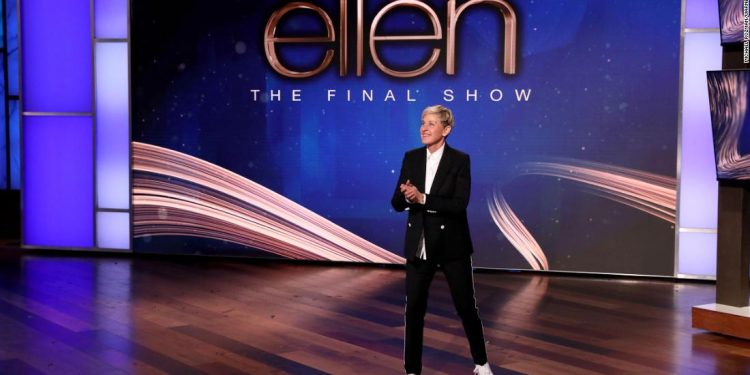DeGeneres found success after the peak of daytime TV’s popularity, led by cultural sensation Oprah Winfrey. But those days may be a thing of the past as viewing habits have changed and streaming has upended, well, everything.
“[Ellen] was one of the anchor stores in the mall of daytime television,” Robert Thompson, professor of Television and Popular Culture at Syracuse University, told CNN Business. “I think in many ways, she might be sort of the last of that era.”
Thompson added that this doesn’t mean “daytime television is going away” since many shows still get big numbers, but things aren’t what they used to be.
“She represents that generation when daytime television was still a broadcast TV phenomenon,” he said.
So the question may not be “who’s the next Ellen?” but rather “can there be another Ellen?”
Who’s next?
“The Kelly Clarkson Show” was a hit when it debuted on in 2019 and is still popular. Its ratings are just behind “Ellen” this season, averaging 1.3 million viewers.
“Kelly Clarkson is doing pretty well,” Thompson said. “I guess she might be what you’d call the crown prince.”
Her ascension makes sense. Clarkson has crafted a bubbly daytime talk show that mixes interviews and Clarkson’s singing, which helps clips go viral and court viewers.
So Clarkson and other newcomers Tamron Hall and Drew Barrymore — who each average around 700,000 to a million viewers this season — have their work cut out for them if they want to make the impact — and money — that Ellen achieved.
What’s next?
What complicates the succession plans for “Ellen” even further is that today’s viewers can watch anything, anytime, so it’s harder to really stand out.
Yet, Mort Marcus and Ira Bernstein — co-presidents of Debmar-Mercury at Lionsgate, which distributes and produces syndicated shows — told CNN Business that despite all the changes in the TV industry, daytime still matters.
“Daytime can still be profitable to produce for us, despite there being fewer viewers available across all of television due to audience fragmentation,” Bernstein said in an email. “Our primary buyers are TV stations, and it is essential for them to have strong daytime schedules leading into their highly profitable late afternoon newscasts.”
Marcus echoed his colleague, saying in an email that the future of daytime TV is “not so simple” but the key to making it profitable is “to aggregate eyeballs wherever they are — whether that is on broadcast, digital networks, YouTube, Facebook and other platforms.”
And, obviously, finding the right person to lead the show.
“Most importantly, you need to find that rare diamond in the rough that daytime viewers want to watch,” Marcus said.














